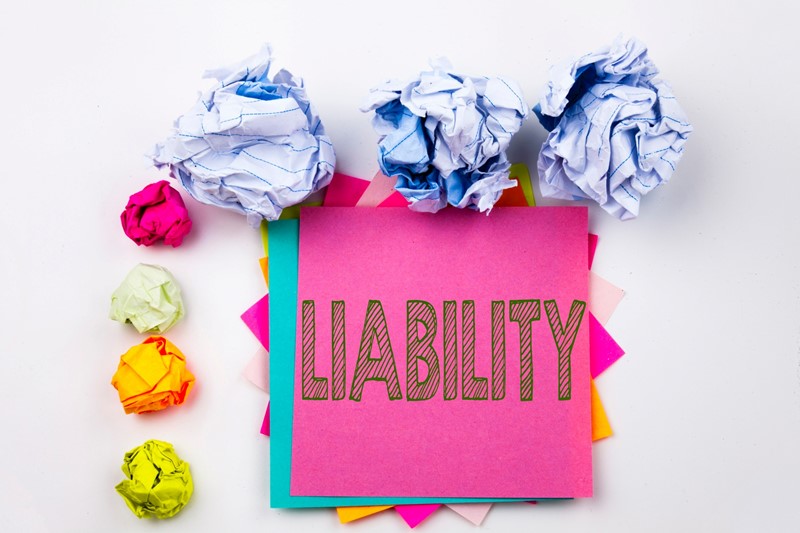The Corporation Tax Main Rate applies to companies with profits exceeding £250,000 and is currently set at 25%. For companies with profits up to £50,000, a Small Profit Rate (SPR) of 19% is applicable.
At present, there are no indications that Corporation Tax rates will rise from April 2025, but further clarity is expected at Budget Day on 30 October.
For profits between £50,000 and £250,000, a marginal rate of Corporation Tax is used to smooth the transition between the lower and upper limits. The lower and upper thresholds are also adjusted proportionately for short accounting periods of less than 12 months and for companies with associated entities.
Marginal relief gradually increases the effective Corporation Tax rate from 19% at profits of £50,000 to 25% at profits over £250,000. To calculate the Corporation Tax due, you will need to multiply taxable profits by the main rate of 25% and subtract the marginal relief. For the current 2024 fiscal year, the marginal relief fraction is 3/200.






